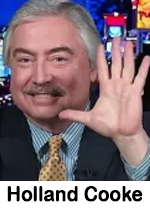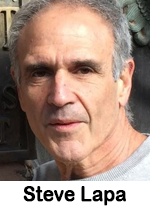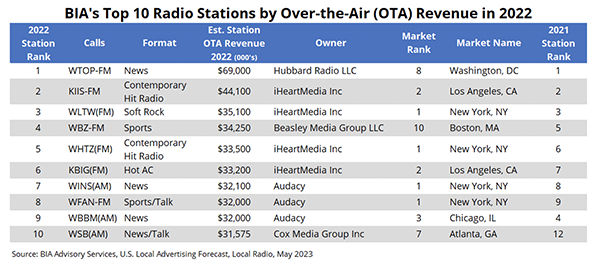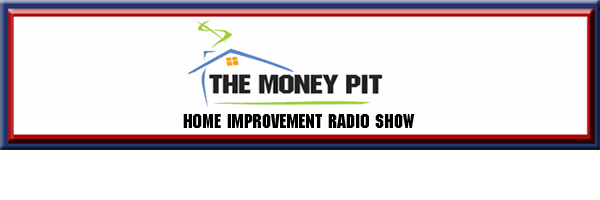Monday Memo: The Local Radio Advantage, Part 3
By Holland Cooke
Consultant
 It’s not your imagination. The world has gone daffy. The USA is all-but boots-on-the-ground in rough neighborhoods around the world. Weather is getting even wackier. The next gun nut could open fire, at any moment, anywhere. 2024 campaign? It’s a long way to November. And even in this rebounding economy, supermarket prices still hit-home… if you can get there.
It’s not your imagination. The world has gone daffy. The USA is all-but boots-on-the-ground in rough neighborhoods around the world. Weather is getting even wackier. The next gun nut could open fire, at any moment, anywhere. 2024 campaign? It’s a long way to November. And even in this rebounding economy, supermarket prices still hit-home… if you can get there.
Here in Southern New England that could take up to an hour longer, as tens of thousands are inconvenienced every day, and will be for months – possibly two years we’re told – after an abrupt bridge closure along Interstate 195. Your daily commute is torture if you live here; and an unpleasant surprise awaits when you head to Cape Cod this summer, or if you’re just passing through this intersection where I-195 joins Maine-to-Miami I-95, the main artery through the most densely populated parts of the USA.
The good news for listeners is that serious structural defects were spotted BEFORE a deadly bridge collapse like we’ve seen in Minnesota and Pennsylvania and elsewhere in recent years. The good news for local media is that information changes throughout the day, and day-to-day, as the Department of Transportation continuously modifies lane merges and detours to cope. If you’re driving, you can’t NOT listen.
Presume that listeners are wondering “What NEXT???” If your station is known-for-knowing, listeners will keep coming back for more. Last week and the week before here, we demonstrated simple tweaks that make local news copy instantly more and helpful and relevant and understandable. This week: setting an expectation and delivering. Two tips:
Invite overtly. Try this imaging statement that has proven effective for setting a listening appointment to on-hour newscasts: “SO much is changing, SO quickly now. Stay close to the news.” Example: If you’re an affiliate, call it “a quick FOX News update, every half hour, throughout your busy day.” Doing so empowers the customers our local advertisers want pulling into the parking lot.
Then, make it sound different than last hour. Advance the story.
Example: news that “The New York Times is buying Wordle” broke in afternoon drive.
Next morning, same copy, word-for-word.
Better next-morning lead: “Wordle will remain free… for now.”
Avoid the listener thinking, “You already told me that,” by leading with a different aspect than last time. Every effort you make to sound fresh is well worth it.
Holland Cooke (HollandCooke.com) is a consultant working at the intersection of broadcasting and the Internet. He is the author of “The Local Radio Advantage: Your 4-Week Tune-In Tune-Up,” and “Close Like Crazy: Local Direct Leads, Pitches & Specs That Earned the Benjamins” and “Confidential: Negotiation Checklist for Weekend Talk Radio.” Follow HC on Twitter @HollandCooke and connect on LinkedIn




 Until NASA approves company logos on rockets, the fastest billboards an advertiser can buy move at over 200 miles per hour, weigh less than seven ounces and are three-hundredths of an inch thick.
Until NASA approves company logos on rockets, the fastest billboards an advertiser can buy move at over 200 miles per hour, weigh less than seven ounces and are three-hundredths of an inch thick.
 Whenever possible, USA consumers will pay cash, and they’re paying-down credit card balances, per recently released
Whenever possible, USA consumers will pay cash, and they’re paying-down credit card balances, per recently released 